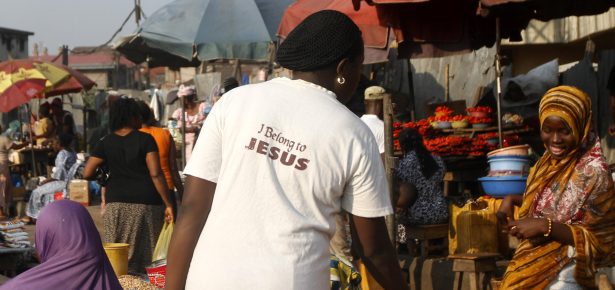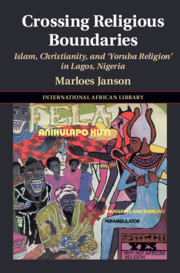
‘What’s Wrong with Nigeria?’; ‘Nigeria in Crisis’; ‘Nigeria’s Religious Riots Continue’; ‘Boko Haram: World’s Deadliest Terror Organization’: this is just a random selection of national and international newspaper headlines on Nigeria, showcasing the tendency to associate Nigeria with conflict and violence. This tendency ties in with ‘Afro-pessimism’, a lens of interpretation that perceives Africa as a continent in crisis that is in need of saving.
In recent years observers have conceived of Africa in different, more hopeful, terms. This changing perception was captured by The Economist in 2011, when the editors openly apologized for their 2000 cover that portrayed Africa as ‘the hopeless continent’. The 2011 cover conveyed a more hopeful message: ‘Africa Rising’. Challenging that message, in 2014, The Guardian published a piece titled Africa Rising? Let’s be Afro-Realistic. The author, Evans Wadongo, argues that while ‘the vision of hundreds of millions of Africans striding into the middle class, mobile phones in hand, is certainly a refreshing antidote to endless images of death and deprivation… this feel-good narrative risks distorting reality.’ Just because some African economies are recording rapid annual growth rates does not mean that the lives of average African citizens are necessarily improving apace.
While seemingly contradictory narratives ‘Afro-pessimism’ and ‘Africa Rising’ have, according to anthropologist Jemima Pierre, much in common: ‘They are part of a long history, intellectual and popular, of confirming the alterity of Africa’ (2018: 12). Indeed, both narratives are derived from colonial vocabulary and habits of thought that continue to influence how Europeans think about Africa. In order to move away from these essentialist notions, it is high time to become what Wadongo calls ‘Afro-realistic’.
Afro-realism in a multi-faith setting, such as Nigeria which is divided almost equally between Muslims and Christians, entails that we redress the typical image in the Western media as a country being torn by religious violence, an image that has gained more currency since the upsurge of the militant Islamist group Boko Haram in north-eastern Nigeria in 2002. It will then become obvious that religious rivalry is just one aspect of Muslim-Christian manifold relations in Nigeria. For centuries, there were high levels of social interaction between Muslims and Christians, and interfaith marriages and conversions were common. During my ethnographic research in Nigeria’s former capital Lagos, I noticed that many extended families are composed of Muslims and Christians; and mutual participation in each other’s ritual festivities is a standard feature of social life. For instance, an elderly Christian told me that during Christmas he asks a Muslim butcher to slaughter a ram for him in the halal way (lawful in Islam), so that his Muslim relatives and neighbours can also partake of the meal. Similarly, Christians take part in the festivities at the end of Ramadan.
In my new book Crossing Religious Boundaries: Islam, Christianity, and ‘Yoruba Religion’ in Lagos, Nigeria, I try to move away from the conventional understanding of Muslim-Christian relations in terms of either religious conflict (i.e. the ‘Afro-pessimism’ narrative) or what scholars, in an attempt to lift Africa out of its crisis by advancing ecumenical ideals, have called ‘interfaith dialogue’ (representing the optimistic ‘Africa Rising’ narrative). Although these two approaches represent opposites – the former stressing ‘war’ and the latter ‘peace’ – they suffer from the same limitation: they take religious boundaries for granted. Although I do not deny that Islam and Christianity have their own distinctive traditions in Nigeria, my point is that we should focus more on how religious practitioners actually practise religion in everyday living and how their ways of practising religion relate to each other. By focusing on what I call ‘lived religion’, it will appear that the idiosyncratic ways in which religion is practised in many parts of Nigeria are often marked by mutual borrowing and entanglement rather than by divisions along theological boundaries. By looking at religious encounters as relational processes rather than as encounters between discrete entities along a conflict-cooperation continuum, Nigeria can teach us an important lesson about how different religions can co-exist.
References
Pierre, Jemima. 2018. ‘Africa/African.’ Critical Terms for the Study of Africa, eds. G. Desai and A. Masquelier, 12–26. Chicago: University of Chicago Press.

Latest Comments
Have your say!